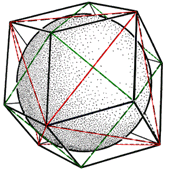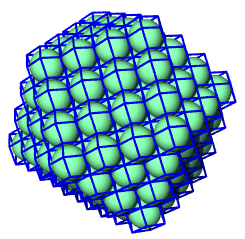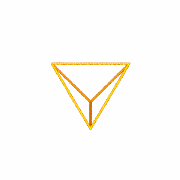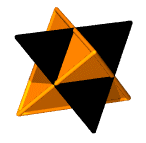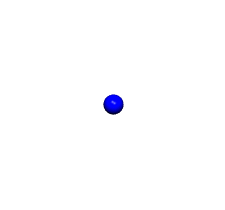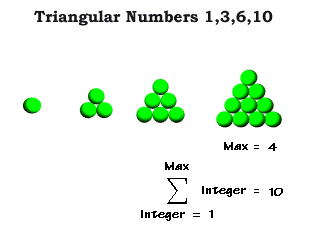Overview:
My Approach to Curriculum Writing
by Kirby
Urner
First posted: Feb 9, 2001
Last modified: June 28, 2006
Sometime in the not so distant past, math went through a dark age -- literally, in that it was "lights out" for visualizations. Students were supposed to empty their minds of any naive pictures or diagrams and just get used to operating with symbols. This was considered the "in" way to think about matters mathematical -- math, like the rest of culture, is not immune from fads.
Now the pendulum is swinging back to where visualizations are no longer considered naive. Semiotics and Wittgenstein have taught us to see graphical and lexical elements as a part of the same semantic continuum, neither intrinsically more "abstract" than the other. Even "visual proofs" are coming back into vogue.[1]
We also have the "left versus right brain" terminology, which carries weight regardless of whether neuroscience justifies it entirely (actually, there's a lot of evidence for hemispheric specialization).
Traffic between East and West has only increased in this last century (1900s) and the right/left brain talk maps fairly well to yin/yang talk -- there's an isomorphism here, or you can make it work that way. And this concept of balance, of developing both hemispheres, of not letting either atrophy, is having an impact on math education theories, and on pedagogy in general.
So visualizations, the importance of the imagination, is making a come back under the aegis of the right brain's champions.
As a curriculum writer, I too encourage right brain approaches to mathematics. This hemisphere I associate not just with visual/spatial/imaginative abilities, but with the concept of cardinality (vs. ordinality) -- a link I learned about from Midhat Gazale.[2]
On the spatial front, I encourage a kind of "mental geometry" to develop alongside "mental arithmetic", and do so by exploiting the ancient tradition of nesting polyhedra to form a "maze" or "matrix". It's something the sacred geometers were into, down through the theosophists in our own time.
Given this history, our graphics and visuals may tend to raise some eyebrows.[3] But that's OK. I think it's more interesting to students as well, to connect to these arts and traditions, while developing their right brain abilities to consider geometry in the mind's eye. Opportunities to bring up historical topics, which offer insight into how we came to be who we are, should not be ignored.
Where I part company from most polyhedron nesters is I'm not so fixated on the Platonic Five, thanks to my being a long time student of the Fuller syllabus, i.e. a reader of books by the late R. Buckminster Fuller. Rather than the pentagonal dodecahedron, Bucky, like Kepler, was more into the rhombic dodecahedron, because the latter is defined by a sphere packing known variously as the CCP or FCC (or IVM if you're reading Fuller's Synergetics -- the octet truss in architecture).
